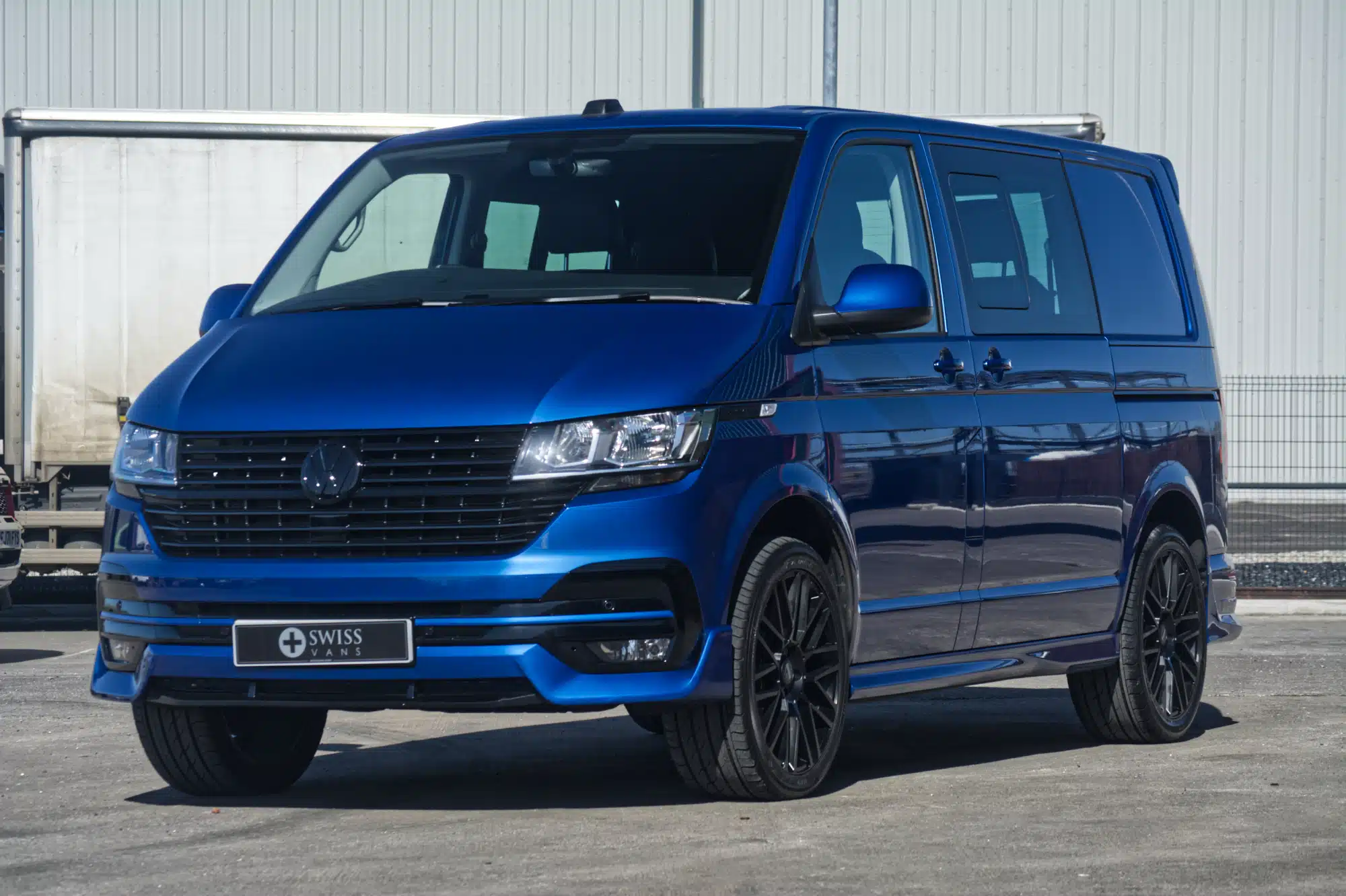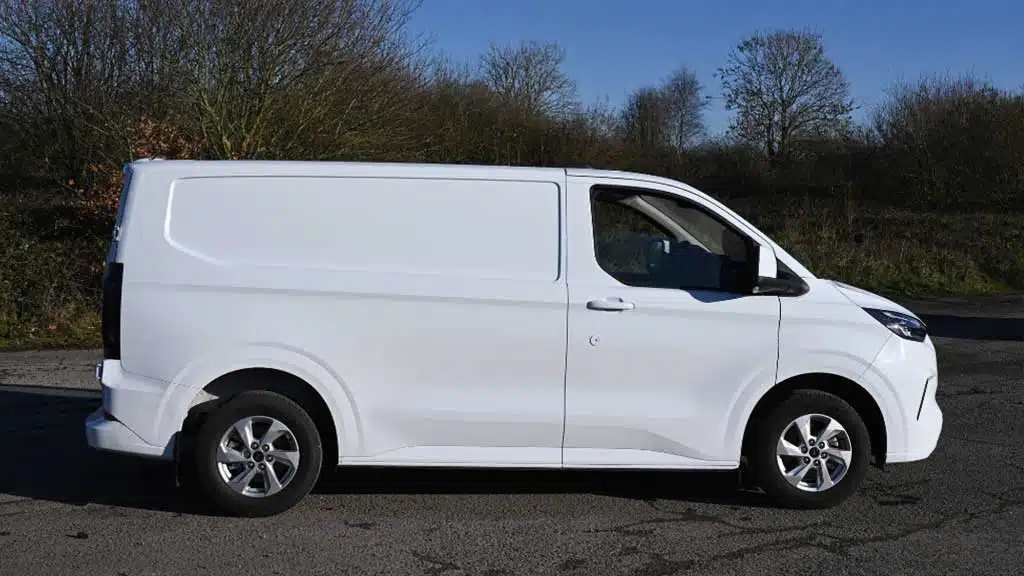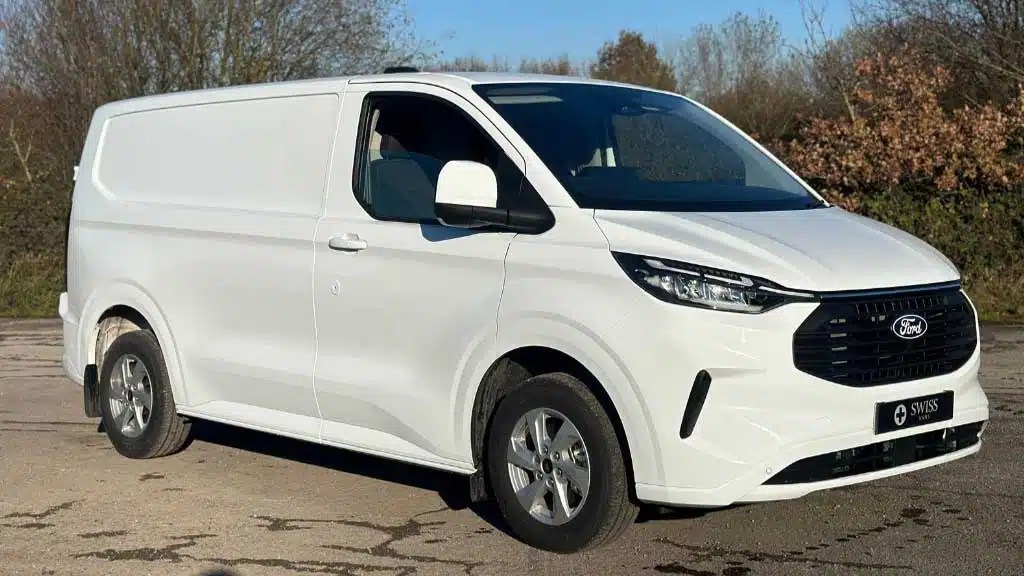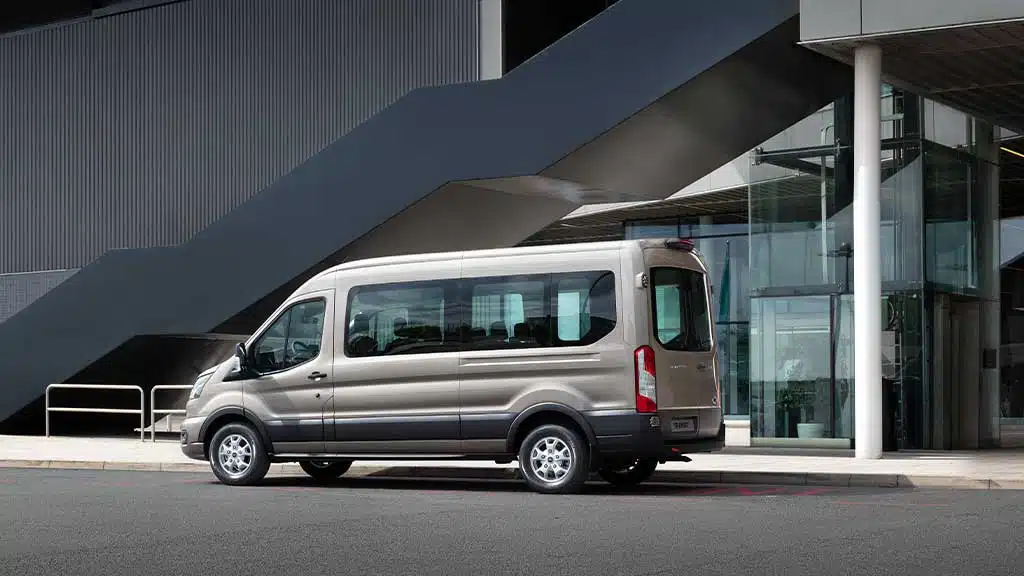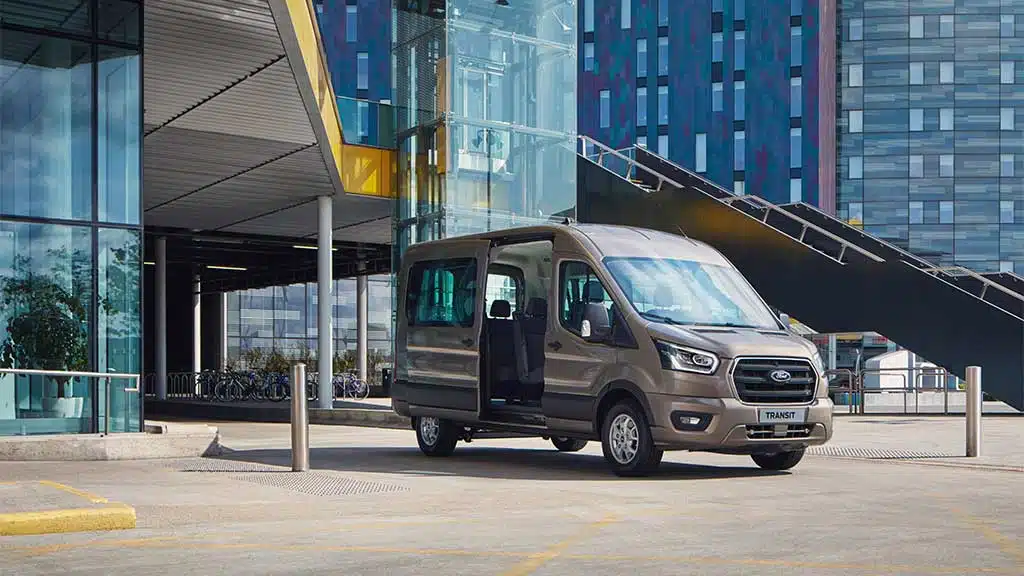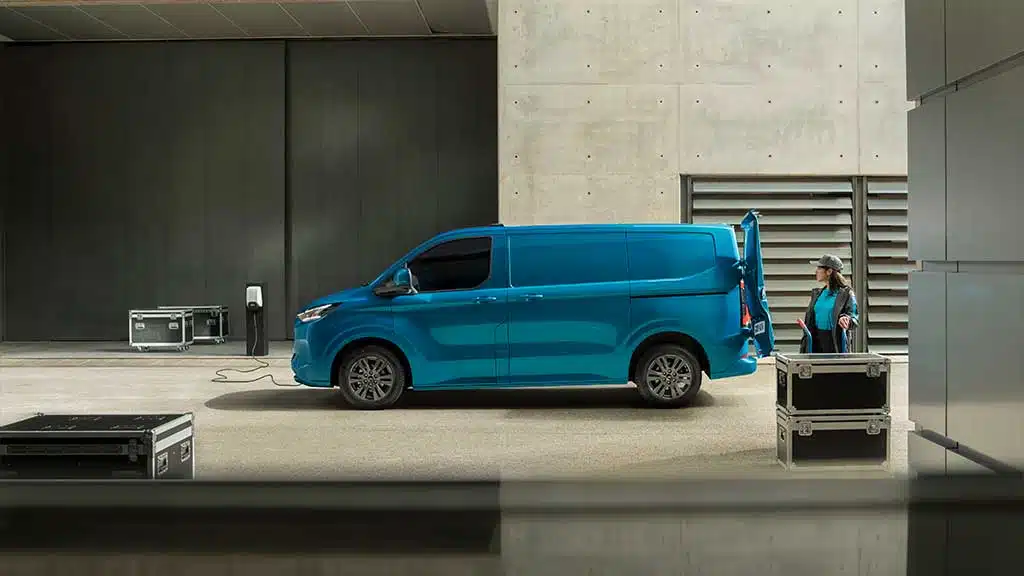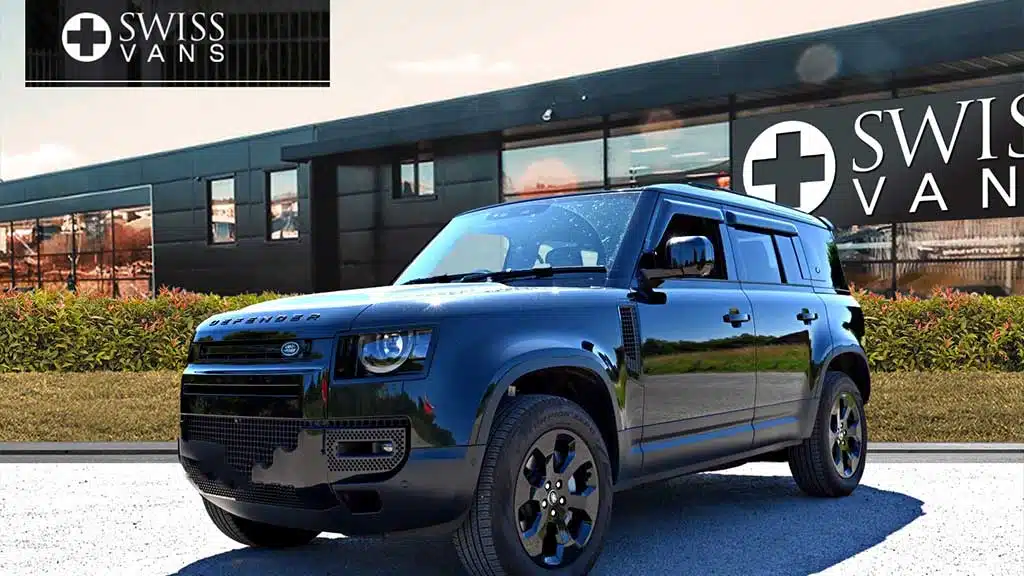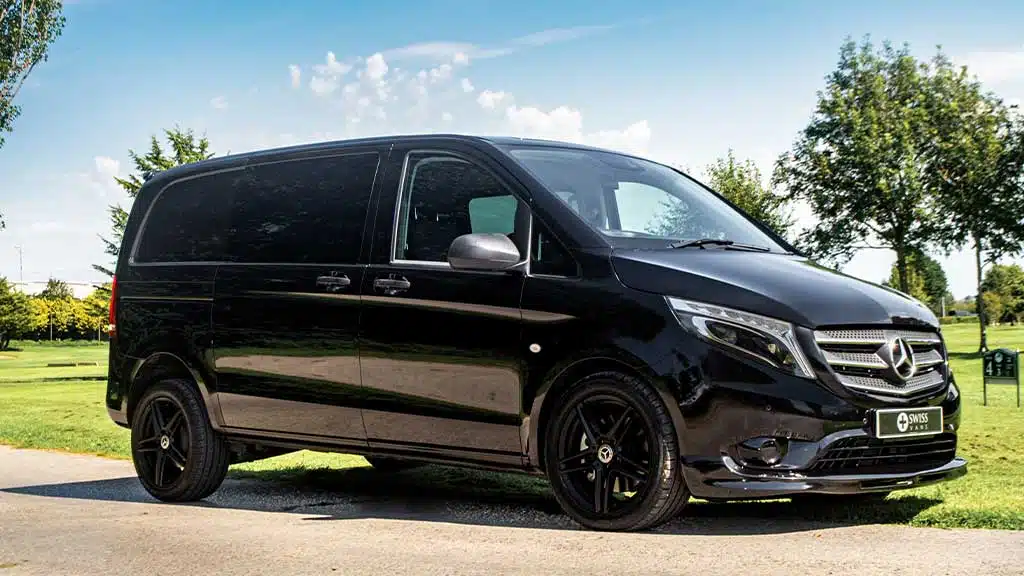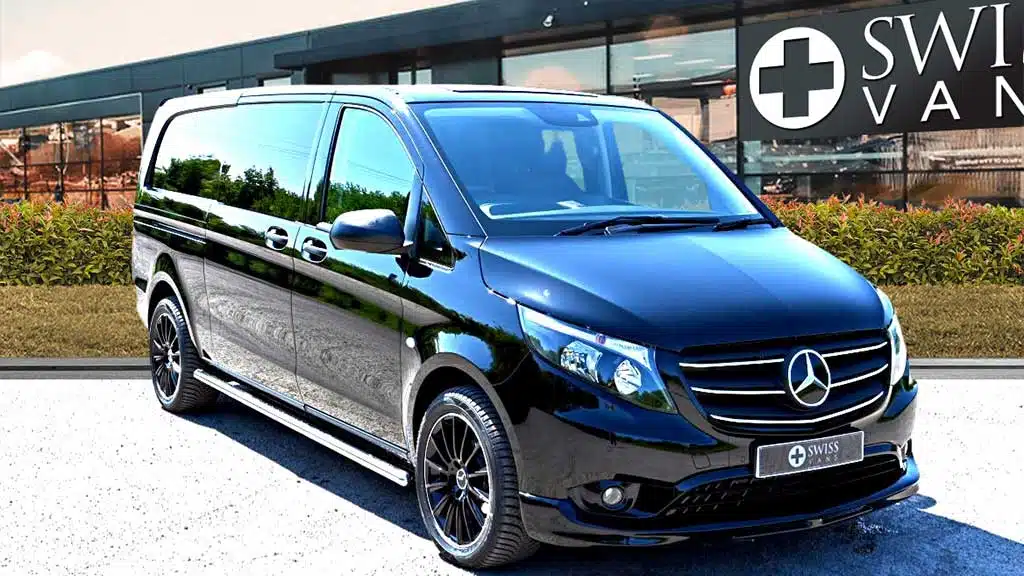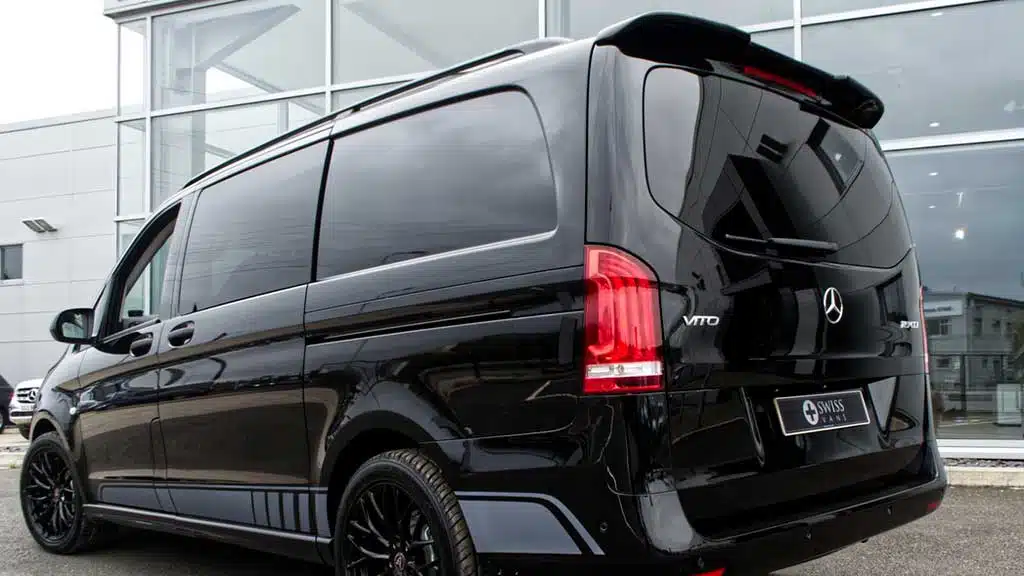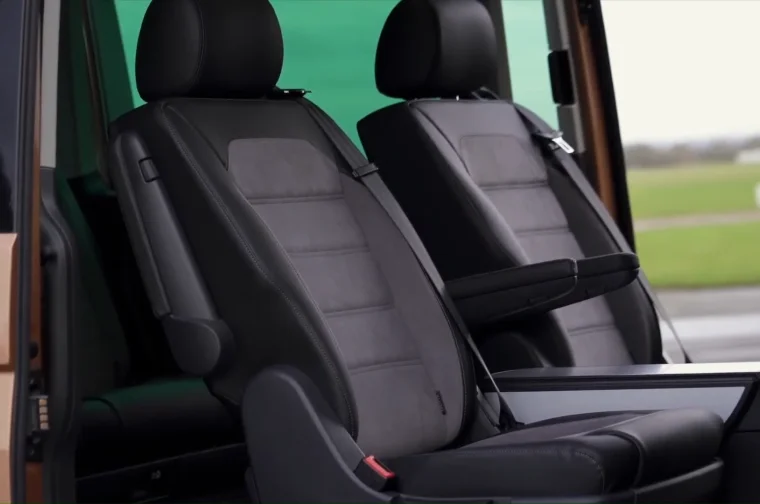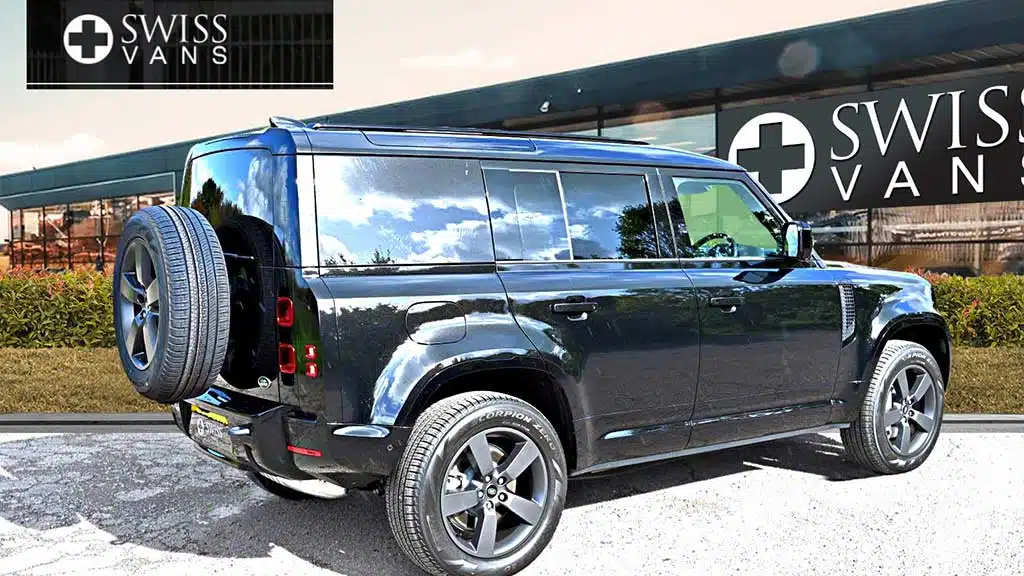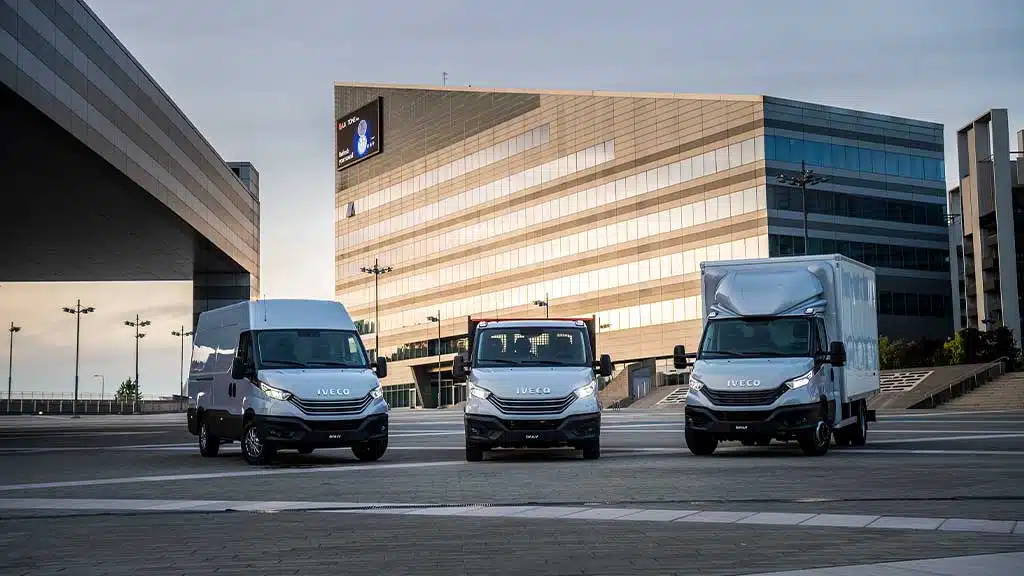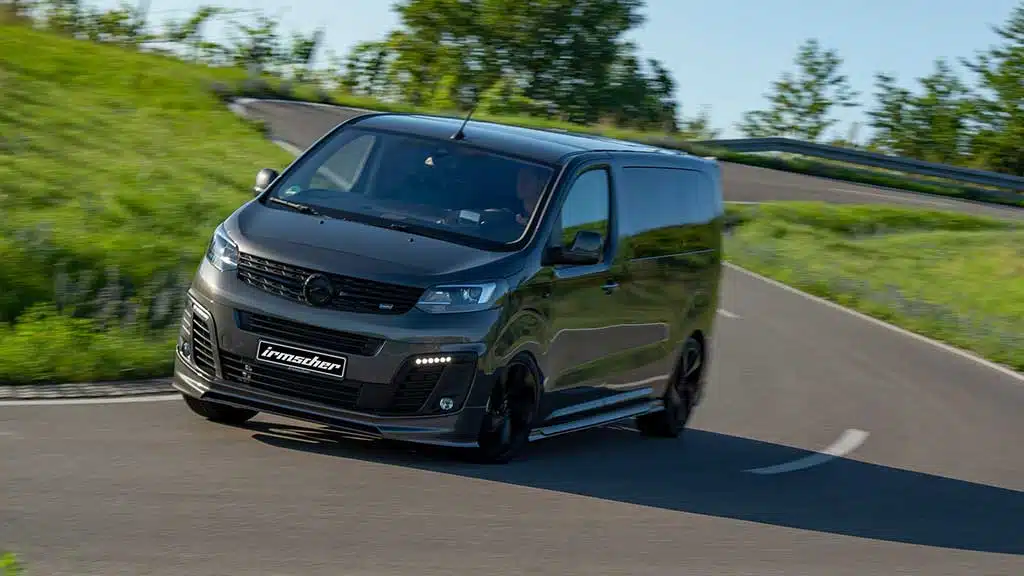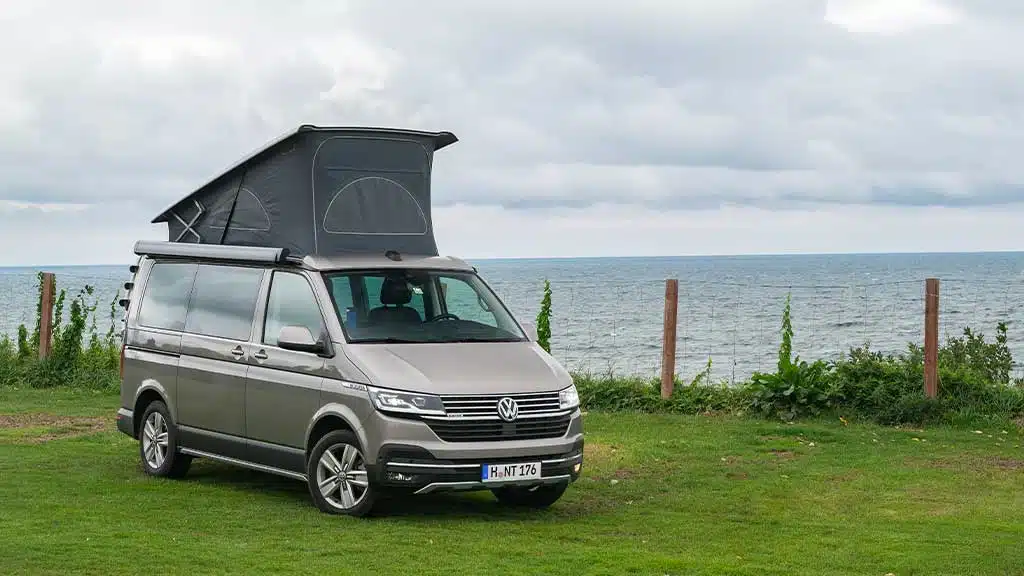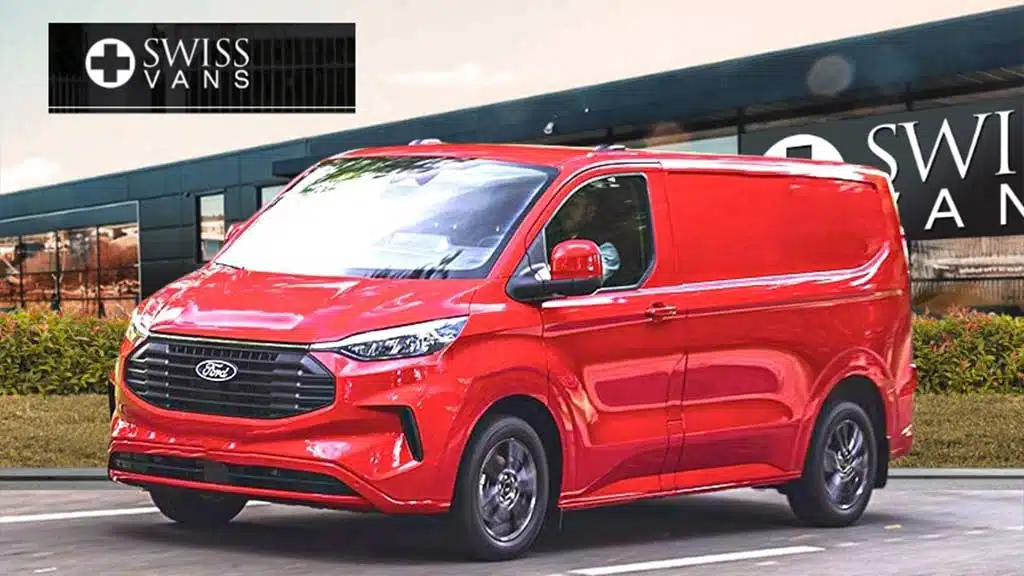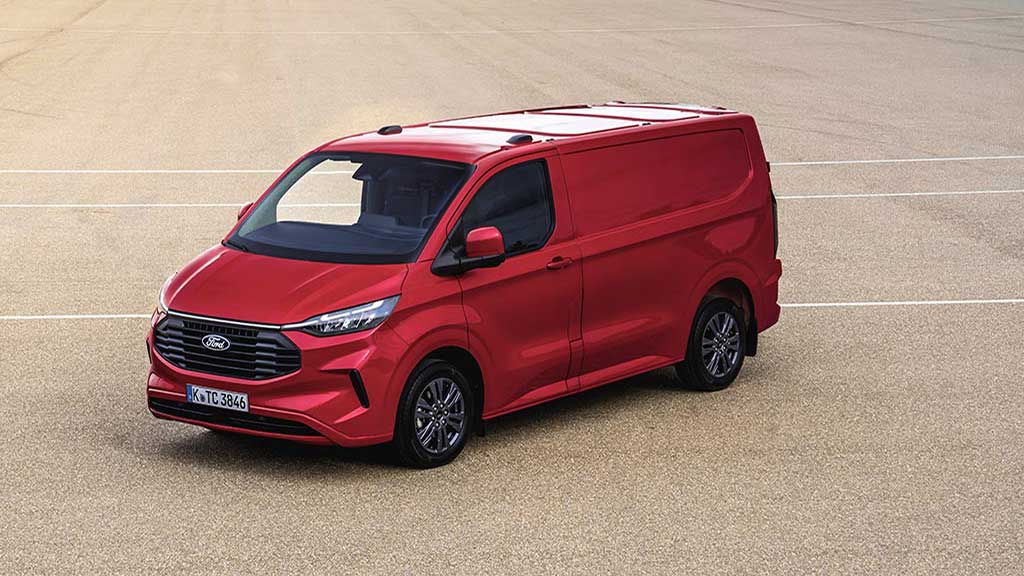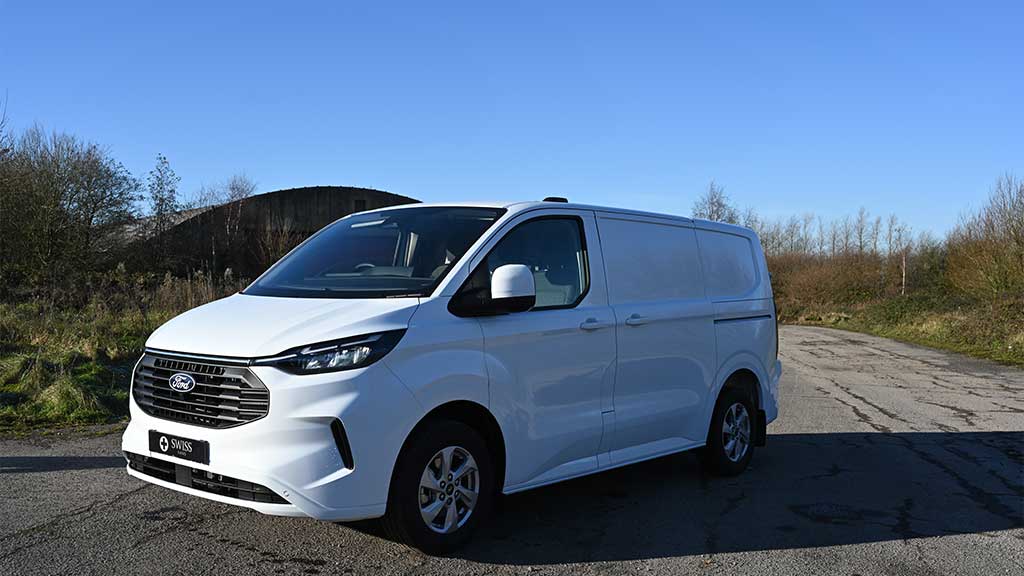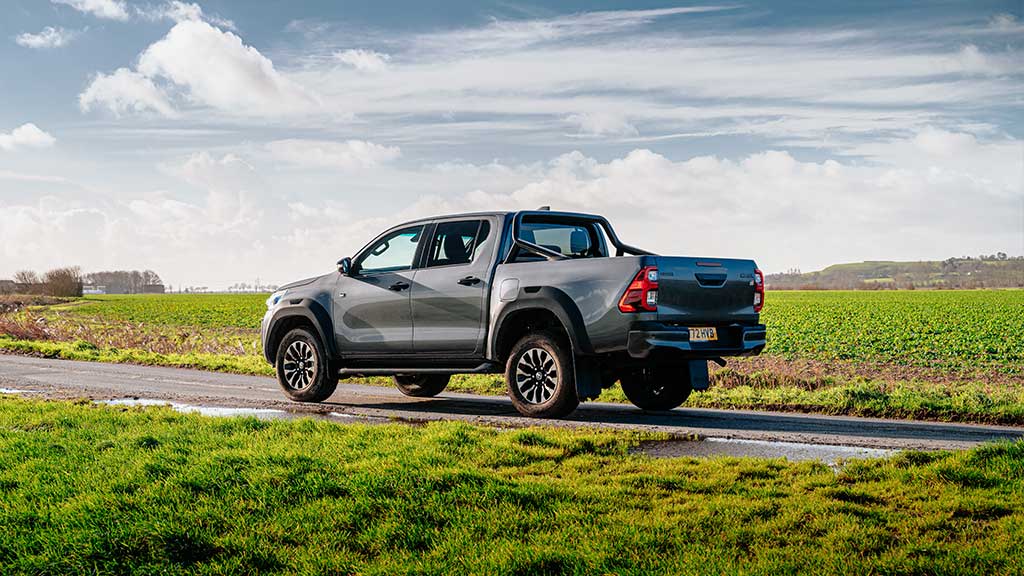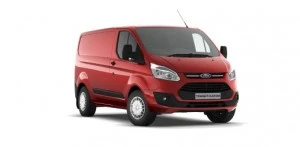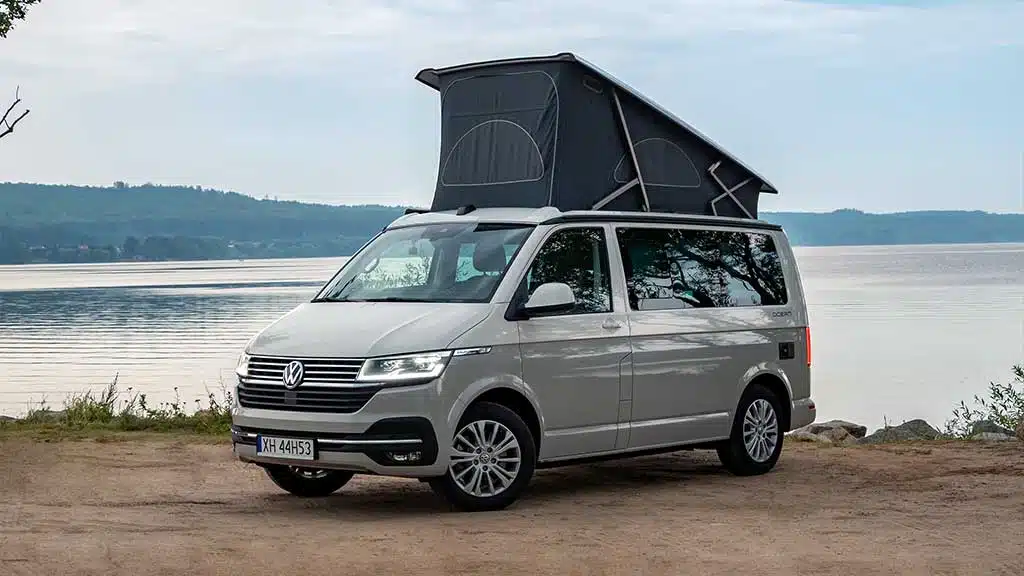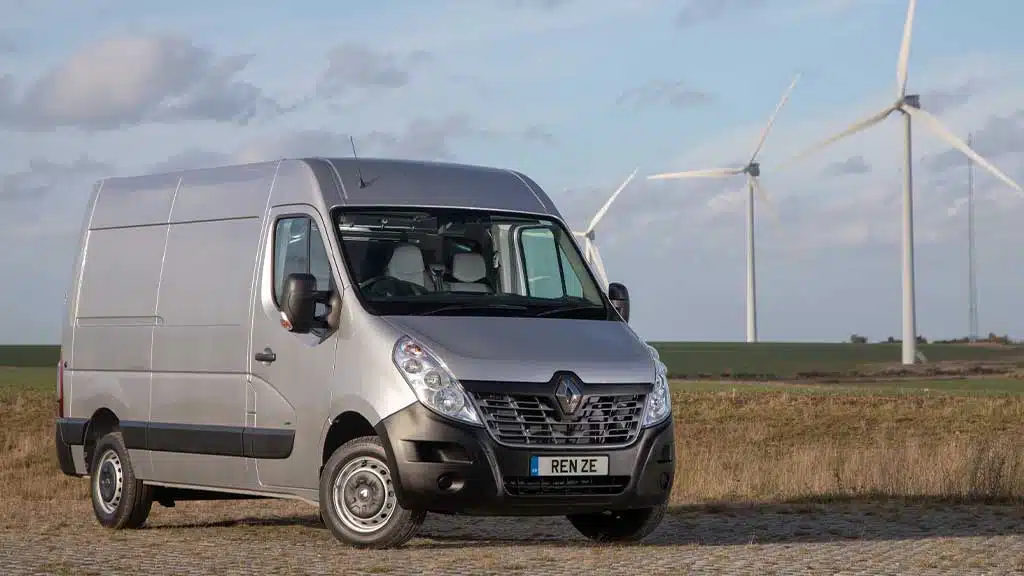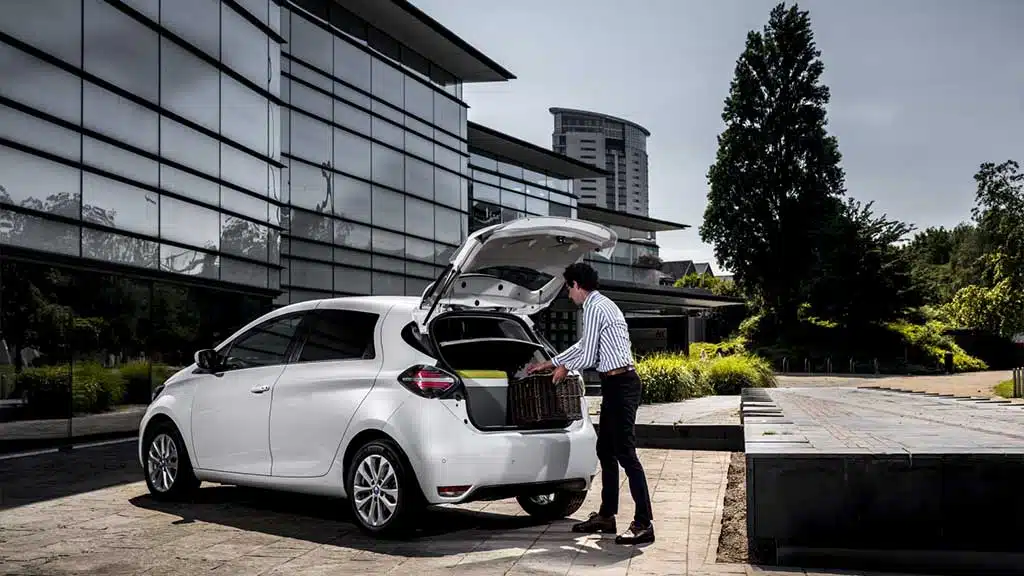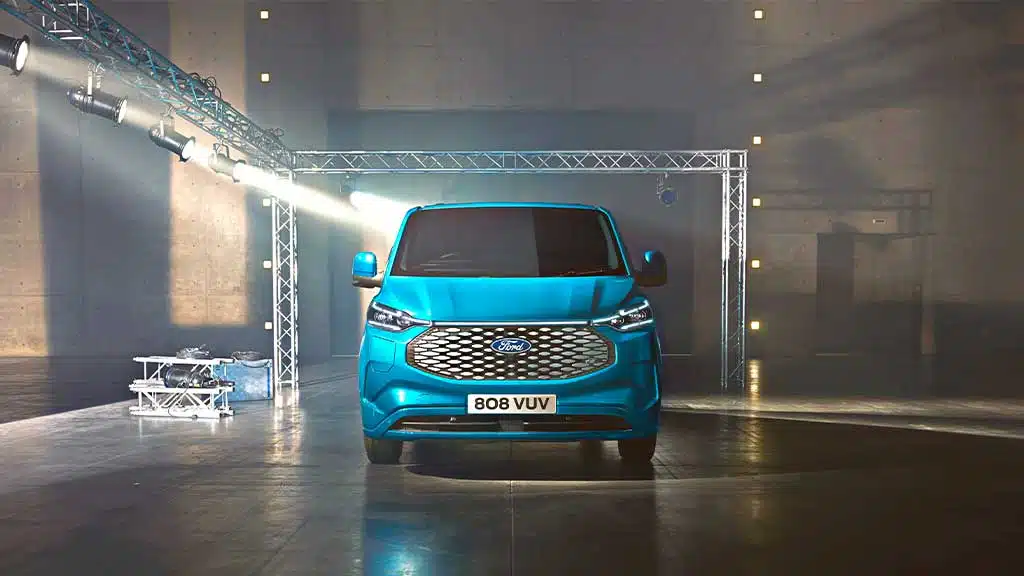Transit and Tourneo are popular Ford delivery vans. Their main difference is their purpose. A van carrying the Ford Transit badge is a commercial vehicle for heavy cargo handling. This flexible car can also be converted into a passenger van. In contrast, a Ford Tourneo is a high-end van targeting large families or taxi drivers.
Ford Transit/Ford Tourneo vans are available in many forms. Think of Transit/Ford Custom, Connect, and Courier even the upcoming Ford Tourneo Courier. Here we will discuss the differences between Ford Transit Custom and Ford Tourneo Custom plug-in hybrid vans.
Similarities between Transit Custom and Tourneo Custom Plug-in Hybrids
Transit Custom and Tourneo Custom are both plug-in hybrid light commercial vans. Ford assembled these vehicles to capitalize on the ever-flourishing market for eco-friendly delivery cars. For a long time, Ford and other vehicle manufacturers have made diesel-powered delivery vans. Diesel engines have a high preference rate because of producing adequate power for towing heavy cargo.
In densely populated cities, diesel emissions contribute heavily to air pollution and climate change. To counter this, delivery van manufacturers like Ford have found a trick to making less-polluting vehicles. These are hybrid-plug-in light commercial vans like Transit/Tourneo Custom line-ups. In short, these autos have a gas combustion engine and an electric powertrain. A common thing in both choices is that their electric motor can power thirty miles or over.
Transit Custom vs Tourneo Custom – Differences
We now want to demonstrate how Ford Transit Custom and Ford Tourneo Custom plug-in hybrid vehicles differ. Earlier, we said that Transits are cargo carriers while Tourneos are people movers. How else are these delivery vehicles different?
Body Styles
If you observe the body style of Transit Custom and Tourneo Custom, you might not notice any difference. However, these vehicles have slight body design differences. The Transit Tourneo Custom has eight seats. On the other hand, the Transit Custom can be a Kombi or a van.

The Kombi body style allows the Transit to have a larger sitting capacity of nine users, including the driver. Thus, a Kombi Transit Custom can play the same role as the Tourneo Custom. The van style is a cargo delivery vehicle. A Transit Custom Kombi or van will have a short wheelbase and a low roof (L1 H1).
Specifications
Transit and Tourneo customs have unique specifications. First, the Tourneo Custom appears in one trim known as Titanium. The Titanium has high-quality features, including SYNC 3 navigation software. It also entails a touchscreen media system compatible with Apple CarPlay and Android Auto and an air-conditioned cabin.
Other features are automatic headlights, electronic automatic temperature control, rain-sensing wipers, and one-touch electrically run windows. On the contrary, the Transit Custom delivery van has three trims: Limited, Trend, and Base. As the word suggests, the Base trim has basic features like an air-conditioned cabin and a heated front windscreen. Other features include:
- An AM and FM radio packed with Bluetooth, a USB port, and an Emergency Assistance
- A side slide load door on the passenger’s side
- A remote-controlled door-locking system
- Electrically run front windows
- A Trip computer
- A dual-passenger seat offering a storage area underneath
- Roll stability control system
- An extra wheel for spare
The Trend is a more advanced trim level offering more advantages and features. Some of these include:
- Heated door mirrors
- Halogen headlamps with LED
- Daytime running lights
- Static cornering fog lights
- Automatic wipers
- An ergonomic driver seat with lumbar adjust
- Distance sensors
- AM/FM/DAB radio plus a non-touch 4.2-inch screen, two USB ports, Bluetooth, and Synched emergency assistance
- Quickclear heated windscreen
- Low maintenance load floor
- Map reading lights, automatic lights
- Leather-covered steering wheel
- Cruise control equipped with an adjustable speed limiter.
The third trim level is Limited. It has even more features than the first two trim levels, making it more expensive. Some of the top features are:
- Rear bumpers with the car body color
- Door handles and side moldings with car body color
- SYNC 3 with DAB, AM, and FM radio, an eight-inch color TFT touch screen, emergency assistance, and two USB slots
- Heated front passenger seats and a heated driver’s seat
- Sixteen-inch alloy wheels
- Front air conditioning
- An airbag with a disabling switch at the front passenger area
- Thatcham Category one alarm system.
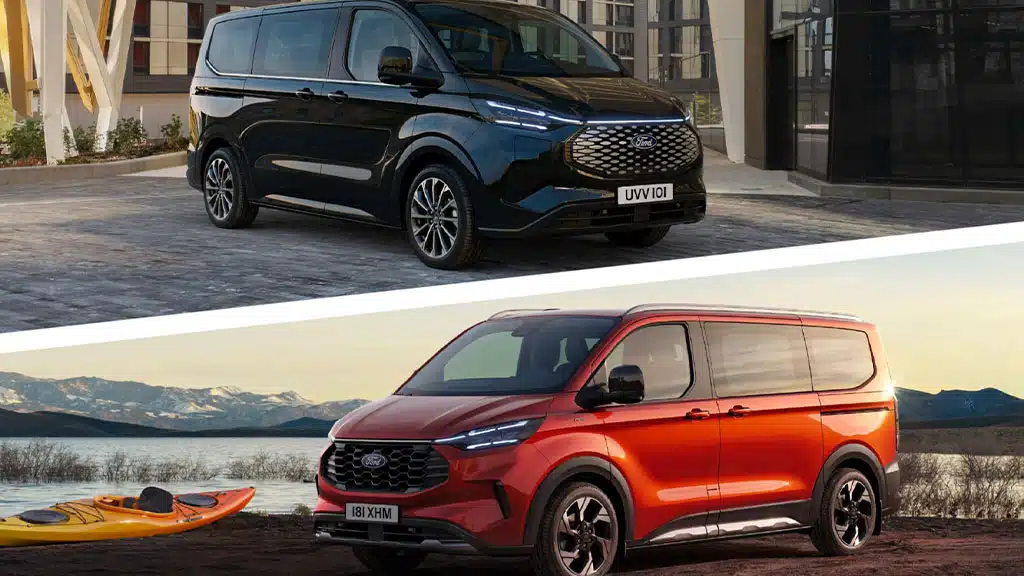
Cost
Ford Transit Custom and Ford Tourneo Custom have different prices. First, the base Transit Custom plug-in hybrid has an opening price of 39,145 pounds. The Trend is more expensive at 40,595 pounds. The Limited trim level is the costliest. Its price starts at 42,950 pounds. In contrast, the Titanium Tourneo Custom will be as expensive as other Tourneo models. Hence, the opening price could be about forty-one thousand pounds or over.
Fuel economy
These plug-in hybrid vehicles use a range-extender engine: 1.0L Ecoboost gasoline, 125hp. They also have an electric motor and a battery pack. You should know that a range-extender engine does not directly deliver power to the wheels. Instead, it begins by charging the battery pack.
In return, the battery pack runs the electric motor. Then, the electric motor completes the process by powering the wheels. Although both Transit and Tourneo Custom models have similar range-extender gas engines, battery packs, and electric motors, their fuel economies differ.
While the Ford Transit Custom offers 91.7mpg, the Tourneo Custom provides 79.1mpg. Additionally, the Transit releases up to 60g/km of CO2 emissions, while the Tourneo produces 70g/km of carbon fumes.
Charging time and power range
After how long will you charge your Transit Custom or Tourneo Custom? We notice a slight difference between these models concerning charging times and power ranges. After covering thirty-three miles with your Tourneo Custom, you should switch to the hybrid engine to allow the battery pack to charge.
The Lithium-ion battery pack in both models has a capacity of 13.6kWh. Alternatively, charge your Transit Custom battery pack after covering up to thirty-five miles. Transit models can travel a longer distance in an electric-only mode, as you can see. Switching to the range-extender engine means you can cover up to three hundred miles on both models if you have gas.

You may not cover all 310 miles, as this is the manufacturer’s estimated figure. Charging times are the same at 4 hours and 20 minutes. You only need a standard electric socket for home use. However, you can hit the charging time using a higher-output compatible charger.
Load carrying Capacities
A vehicle’s load-bearing capacity depends on its size. Ford has ensured that Transit/Tourneo Custom plug-in hybrid models are the same size. They are 4,973mm long, 2,272mm wide, and 2,020mm tall. Depending on the Transit trim level, a van can have three, six, or nine seats. On the other hand, Tourneo Custom is an eight-seater minibus.
A Transit van style can bear 1,130 kilograms. It has a roomy cargo storage area of 6,000L. The Transit Kombi style can withstand a load capacity of 1,130kg, and the storage area size remains unchanged. As for Tourneo Custom, it offers a cargo space of 1,300 liters. The new cargo space will increase to 2,100 liters with folded rear seats.
Retrofittable Technologies for both models
The Transit/Tourneo Custom plug-in hybrid minibus users can access the Geofencing technology. If traveling within a low-emissions zone, the Geofencing technology will switch your car to the Electric Now mode. Ford included this feature after 2020 to help drivers cope with authorities when driving in low-emissions zones.
They can prove they are using the battery pack power to escape penalties. Both vehicles provide four modes that show the exact source of power you are consuming at any moment. These are EV Charge, EV Later, EV Now, and EV Auto. With EV Auto, you allow your van to choose the most reliable power source.
The EV Now turns off the range-extender engine to ensure the vehicle gets power from the battery pack only. The EV Later switches your van into the range-extender-only mode. Lastly, the EV charge tells you to charge the battery pack to continue using the EV Now mode. A supplemental source of electric energy is regenerative braking.
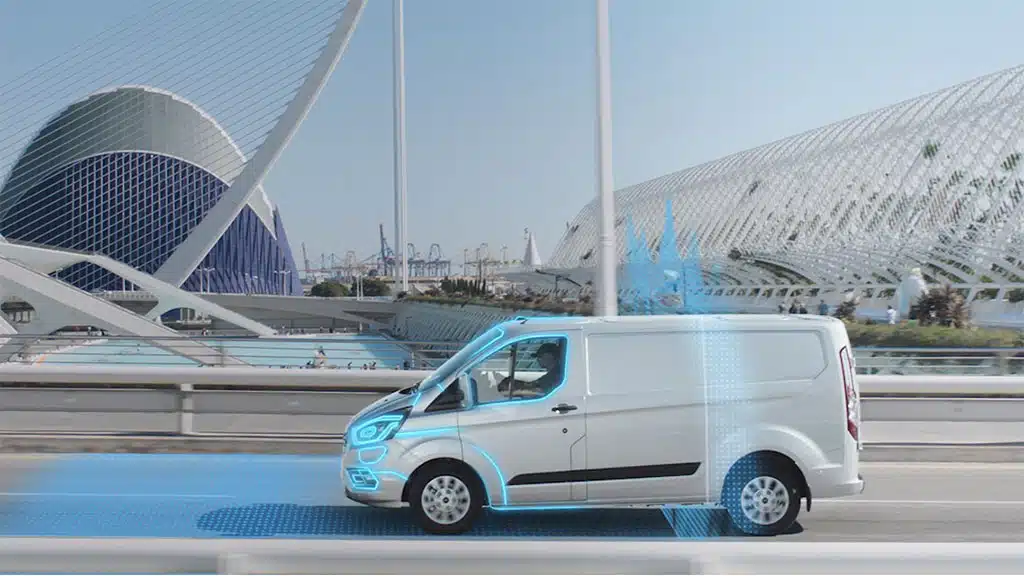
You should increase regenerative braking when lifting your accelerator pedal. The van will decelerate quickly as you lift off the throttle, delivering a charge to the battery. Hence, drivers can avoid pressing the brake pedal as much as possible. Fleet managers can also decide to add the optional 12-volt Epower that uses the existing lithium-ion battery pack to run other electronics in the van.
According to Ford, drivers can get up to six kilowatts of extra power from the 12-volt Epower pack. After 2020, drivers could also retrofit the FordPass technology app. It can help them track battery charge status and collect driving habits data.
Final Words
Ford has won the hearts of many since it produced the plug-in hybrid Transit and Tourneo Custom models. Those looking for a commercial delivery vehicle for a cargo business can choose the Transit Custom plug-in hybrid version. On the other hand, taxi drivers and families after a large luxury passenger van can go for the Tourneo Custom plug-in hybrid option.


